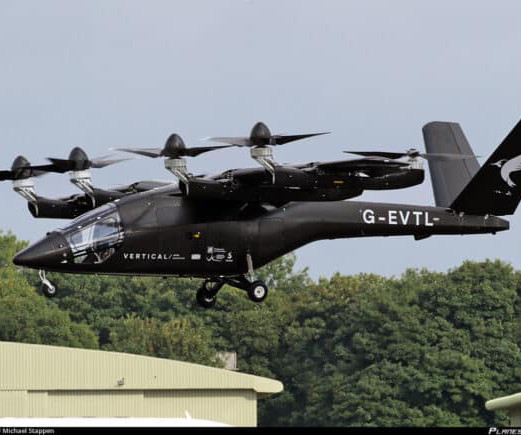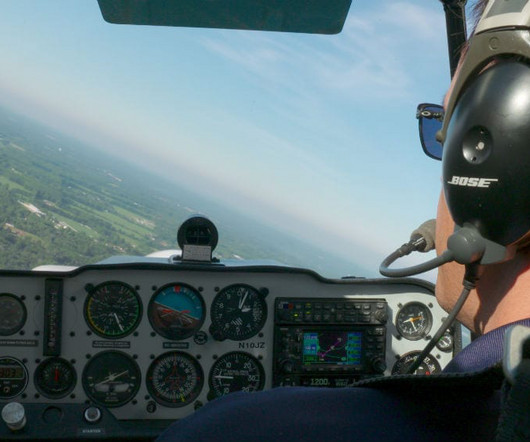Wingtip Vortices and Wake Turbulence
Pilot Institute
MARCH 28, 2025
Pilots avoid vortices by maintaining safe separation and adjusting flight paths. Vortex size is also affected by proximity to the ground. If youre flying low enough to be in ground effect, the vortex isnt able to fully develop. Key Takeaways Wingtip vortices, not engine exhaust, create the strongest wake turbulence.



















Let's personalize your content